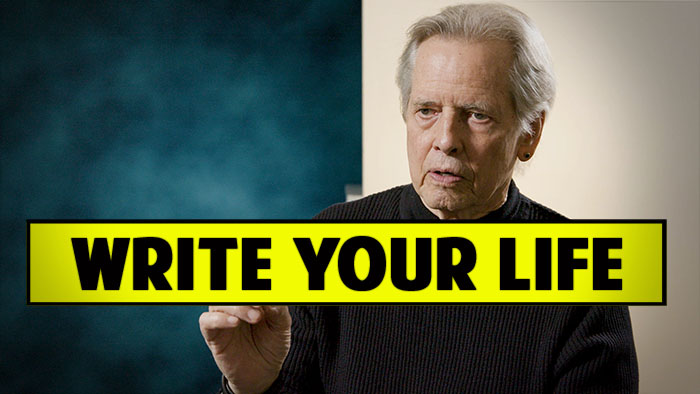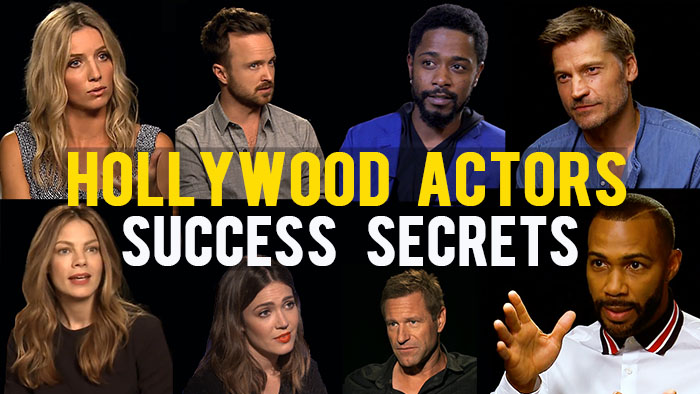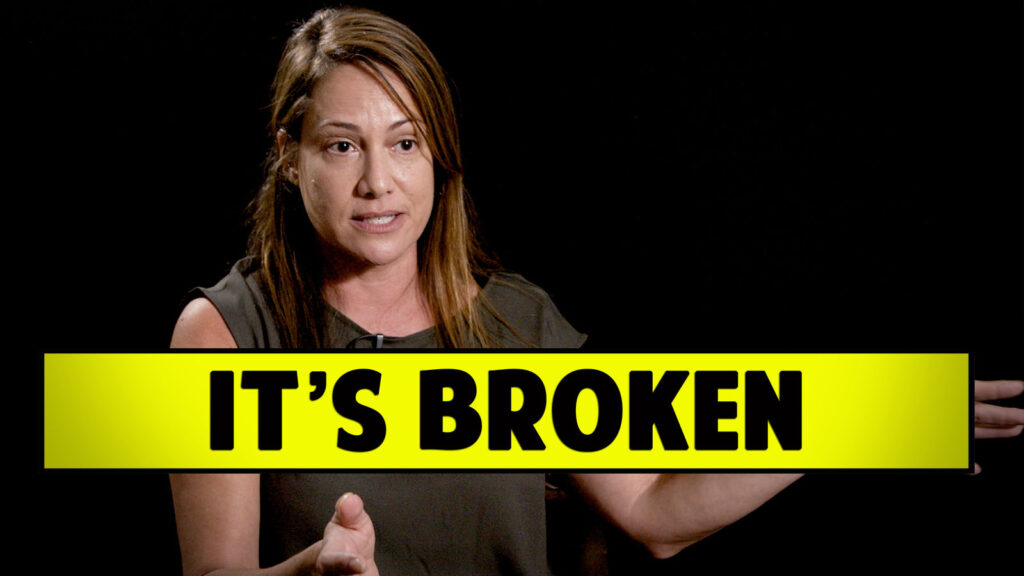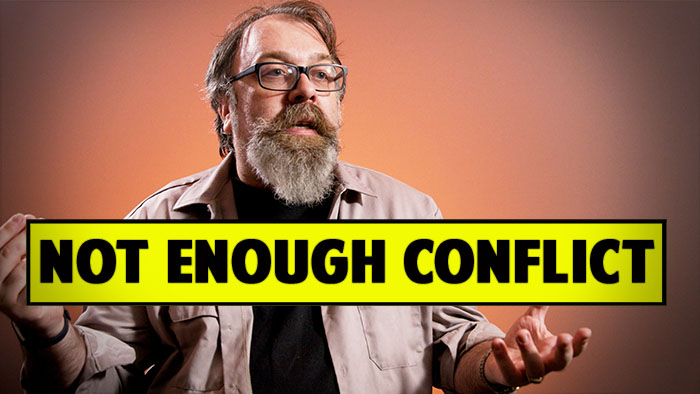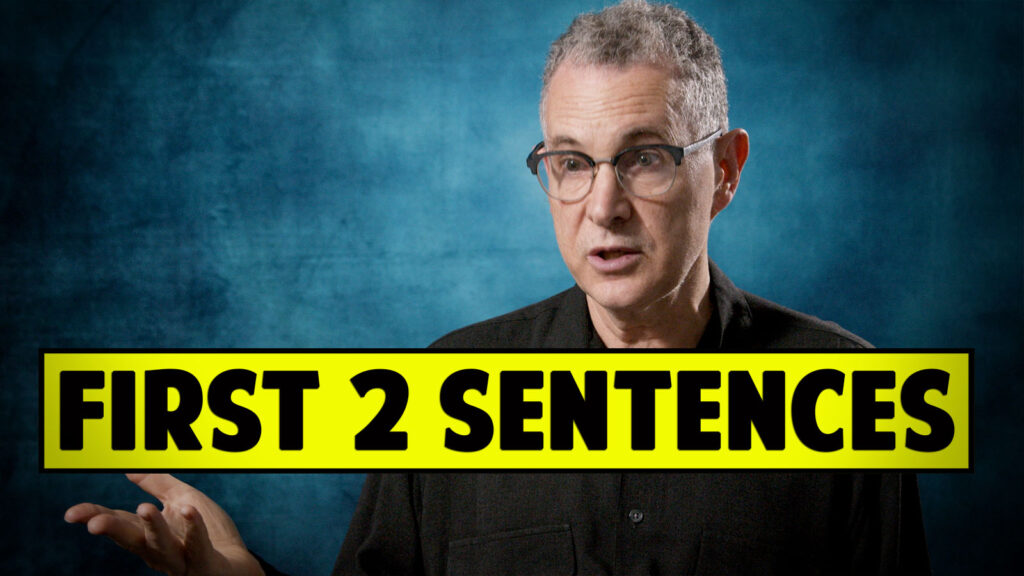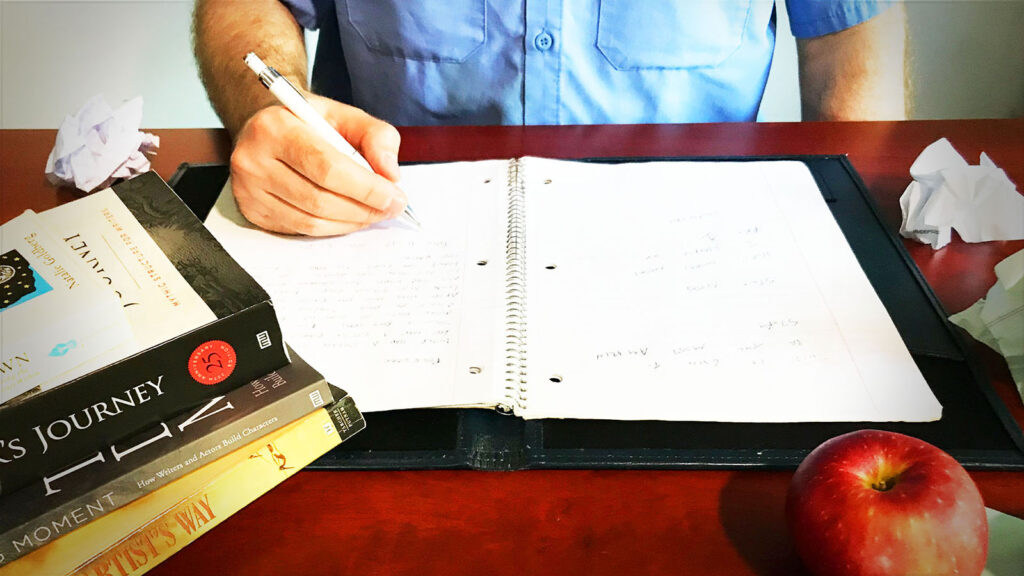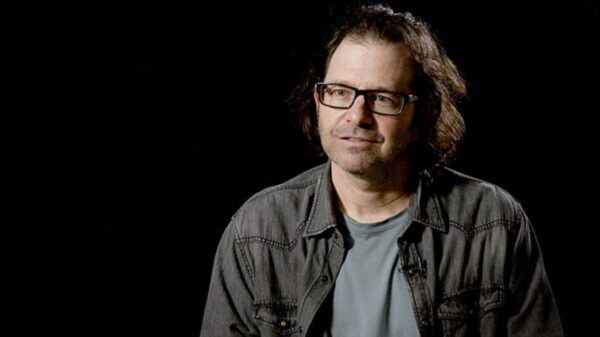
DOMINICK BAGNATO FILMMAKER – A Convenient Truth
It’s funny to sit down to write about the experience of making my first feature film for Film Courage and to notice that courage — real courage — had nothing to do with it. In fact, with my film, A CONVENIENT TRUTH, opening at the Quad Cinema in New York in just under a month (running Feb. 20-26), I can honestly say that I owe that accomplishment to the sheer ignorance with which I undertook the endeavor of making a feature film.
I’m not the first to say it, but I stand by the statement that every first film that ever gets completed is made precisely because that first-time filmmaker has no idea the work that it will entail — not in spite of it.
And, while I would never want to rob any future filmmakers of this ignorance, I do want to relay a few things that I’ve learned in the process of making the film.
Back in 2009, after graduating from NYU’s film school, I’d written a few screenplays, but I was itching to make a film. I’d directed shorts but never a feature. A film school buddy of mine read one of my scripts and made me realize that it could be made at a very low budget. By the end of our conversation, we had decided we were going to do it. We were going to make a feature film. (The first thing to note is that date. 2009. From the moment we decided to make the film to its release spans
six years.)
I want to pause here because it’s a crucial moment. Aspiring filmmakers hear one piece of advice on a daily basis. Slightly different arrangements of words are used, but it essentially comes down to, “Just do it.” “If you wanna make a film, go out and make one.” “Quit asking for permission to make your film.” Though I agree with the sentiment here, no one should “just” go out and make a film. Make your film, yes. But there’s nothing “just” about it.

So we set a shoot date, put all of our energy into pre-production, and focused on making the best film possible. We did this under the blissfully ignorant assumption that all we had to do was make a good film. It makes sense right? Since making a good film is so difficult, surely we’d be rewarded if we stepped up to the challenge. Coming out of film school, this was drilled into us. “Make a good film and everything else will take care of itself.”
1 – Nothing takes care of itself.
In general, I’ve learned that the use of such an elliptical phrase usually means that the person I’m talking to simply doesn’t understand the mechanics of how something occurs. Assuming things will “take care of themselves” is a folksy phrase that’s proven useful in the past, so people use it. But it doesn’t actually mean anything.
Alas, I had to fall prey to this phrase to learn this lesson. The narrative we were sold was: make a good film, take it to festivals, soak up the accolades, and decide which anxious distributor you want to take the film off of your hands in exchange for a pile of money. The distributor would then handle getting the film out into the world, as I’d already be busy choosing my next project — a project that would come easily after paying the dues of making my first feature, by the way.
A CONVENIENT TRUTH played a couple of festivals and has been well-received, but there are no distributors knocking down my door.
I want to pause again here to drive this home. Because, although I always knew intellectually that getting distribution was a long shot, I never really internalized it as a fact. That is, in that very human way, I simultaneously allowed myself to know that I couldn’t rely on getting picked up for distribution and to believe that someone would come along to shepherd the film along in some way, at some point.
What I should have done was:
2 – Plan for self-distribution from day one.
I feel confident that planning to self-distribute from the onset is the
right approach to independent film because there is no downside. (When I become a parent, I’m going to buy my kids Christmas presents on the off chance that Santa doesn’t take care of that for me. If one Christmas morning I wake up and Santa has descended upon the house, I’m certain my kids won’t be mad about all the extra presents laying around.)
If I had been planning to self-distribute from day one, there are a few things I would have done better:
3 – Have a dedicated behind-the-scenes photographer and videographer on set at all times.
We hired a set photographer for one week of our shoot, and his photos have
been very helpful, but more media means more content to share with your
potential fans early on. I wish we had a lot more to play with.

.
4 – Gather potential fans early
This means creating a website, Facebook page, Twitter account, etc. and
using them to let people know about the film during pre-production. Don’t only use Facebook. Facebook doesn’t give you access to the e-mail addresses of people who are interested in your film. You’ve done the hard work to get their attention, so you should have the ability to reach that audience directly via e-mail. I wish I had used MailChimp or some similar service to gather e-mail addresses for a film newsletter from the start.
You can still do that. Do it.
I’m not saying that you should create busy work for yourself and have to
write up a monthly newsletter to send to these people. They won’t read it anyway. But, you should be growing an e-mail list that allows you to easily reach people who have told you that they’re interested in your film.
5 – Unfortunately, being an independent filmmaker means being a marketer.
This one was particularly hard for me to swallow. The nature of independent
film is that everyone wears multiple hats. Being the writer/director didn’t mean I was above carrying a C-stand from one side of the room to the other if it was going to make things move more quickly, but I was so reluctant to put on the marketing hat. “Marketing” — it just sounds icky. There is an imaginary line between artist and salesman, and I never wanted to cross it. But then reality hit. I could stay on the artists’ side of the line, but it meant making art that no one was ever going to see. If I want people to see the film that I made, I have to work hard to make that happen.
As I mentioned, since the inception of A CONVENIENT TRUTH, I spent six years of my life willing the film into existence. I employed more than a hundred people to help make it happen. And it’s now my responsibility to push any preciousness that I have about being an artist aside to make sure that their hard work is not wasted.
So, once I sucked it up and realized it’s my duty to make sure this film gets a proper release into the world, my next task was to figure out how to do that. The film hasn’t had its theatrical run yet, but I can tell you the path that my research has led me to choose.
.

Getting people to see the film is not an issue of content distribution. It’s
easy to make films accessible these days. It’s an issue of content discovery. (Remember the other night when you logged into Netflix to search for a film to watch, poked around for 45 minutes, and wound up going to bed without watching anything?) There are lots of movies out there. How do I get my film to be discovered by its audience?
6 – Critics are your friends
I haven’t put an immense amount of time into pondering the role of the modern movie critic in our constantly changing entertainment environment, but I did step back and learn one simple thing. Critics help people know about your film. They take the time to sit down, watch your entire film, and write about it. Whether or not a critic’s review is glowing, he or she has provided you with a valuable service. Once I realized this, my question became more focused: how do I get reviews? It turned out, at least in New York, that there is one easy answer to this question. If a film has a week-long theatrical release in New York City, it will get reviewed by the major publications like the New York Times and the Village Voice! It was refreshing to have such a straightforward answer. All I had to do was figure out how to get into a theater in New York for a week.

.
7 – Four-walling
Four-walling is basically when a filmmaker rents out a theater, pays the costs
up-front, and then receives the money from the ticket sales. This mitigates the risk for the theater and has a higher potential upside for the filmmaker. The cost of four-walling a theater in New York, in this case the Quad Cinema on 13th St., is $11,000. The path was now clear. $11,000 stood between me and a week-long run in New York City, a public relations expert who comes as part of the deal, reviews from established publications, and — most importantly — people seeing A CONVENIENT TRUTH.
Being a filmmaker who has just completed my first feature film, I don’t have $11,000 burning a hole in my pocket, but I do have something of value: a completed feature film. We turned to Kickstarter to begin making the film work for us. We’re pre-selling tickets to the theatrical run (since ticket sales go to us anyway in the four-wall situation), digital downloads of the film, special edition blu-ray discs, and several other rewards. You can see the campaign here.
8 – Plan for after the theatrical release
We’re using the VHX platform to sell digital downloads of the film, and the site is already setup at ConTruthMovie.com. Having this in place ahead of time means that we can use the platform to fulfill the digitial download rewards from Kickstarter and directly parlay any press that we get from the theatrical release into direct traffic to the sales site.
Would I have set out to make this film if I had known that all of this was in store for me and that I’d be signing on for six long years of hard work? Would I have had the courage to do it anyway? I don’t know. But I’m sure as hell glad that I did. I made a feature film that I’m proud of.
And now, if you’ve read this entire article as you’re about to embark on making your first feature film, you should do it anyway, courageously.
Dominick Bagnato is an alumnus of New York University’s Tisch School of the Arts. He is the writer, director, and editor of several short films, the most recent of which, INITIAL CONDITIONS, was winner of an MTV Production Grant.
His screenplay for A MODEST PROPOSAL FOR THE CALIFORNIA STATE ENERGY CRISIS OR: A CONVENIENT TRUTH was a finalist at the 2009 SoCal Independent Film Festival and a semi-finalist at the 2009 PAGE International Screenwriting Awards. After an encouraging response to the script, he decided to make A CONVENIENT TRUTH his feature film
directorial debut. The film opens on February 20, 2015 at the Quad Cinema in New York City.
.
.
.












